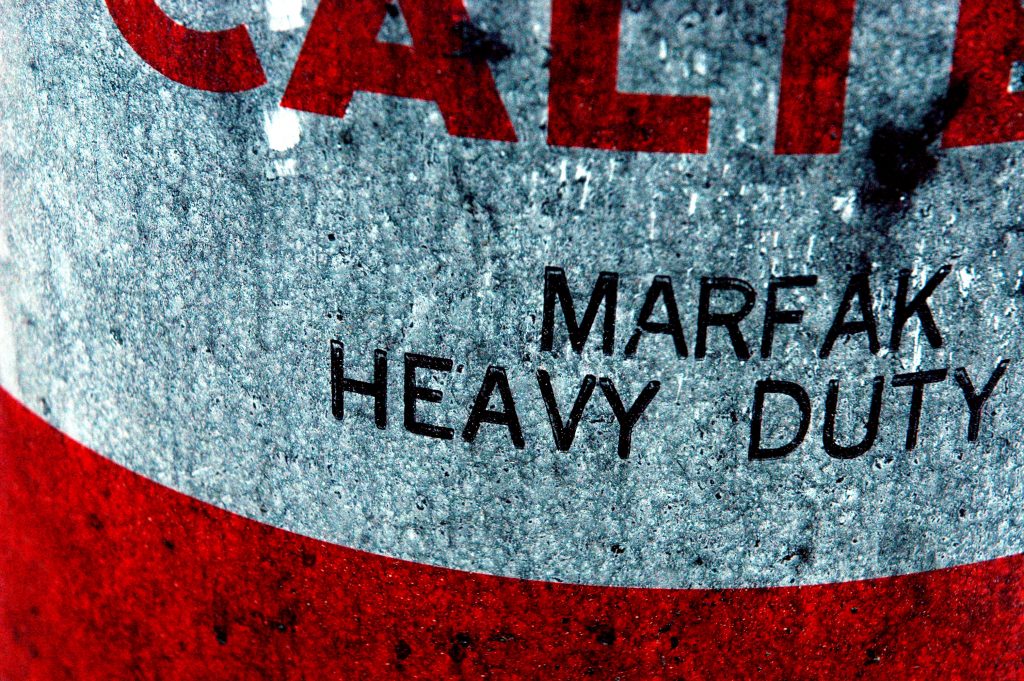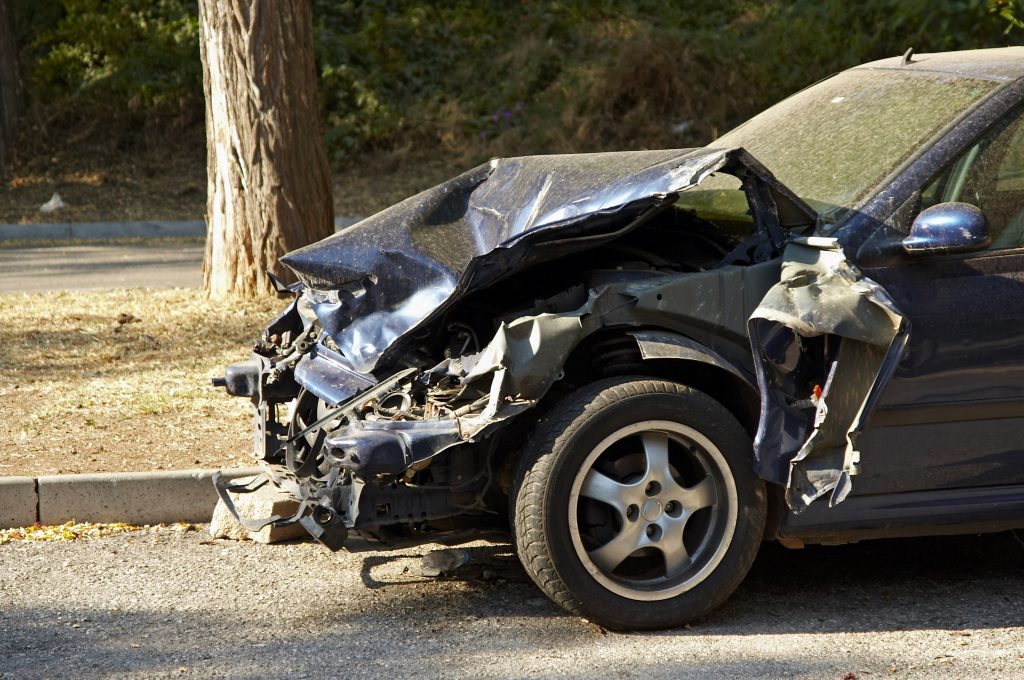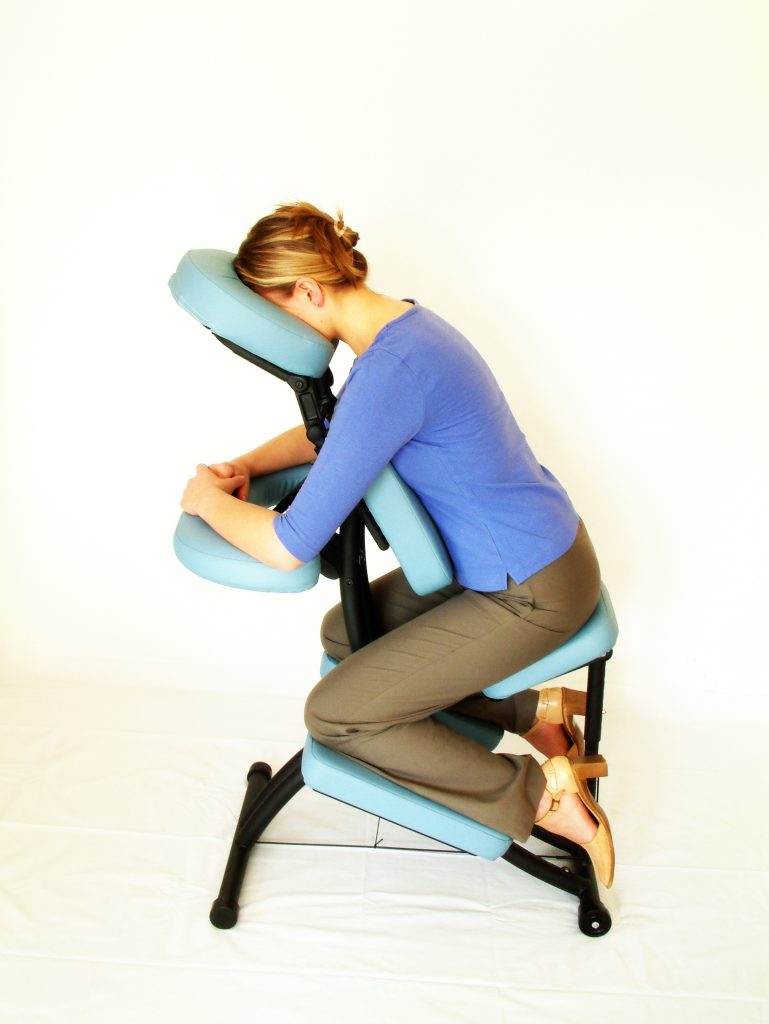 Grease is often used to make foods easy to remove from pans and baking sheets. It creates a slippery, smooth surface that allows most foods to slide right out of the pan. Unfortunately, when grease meets a wood floor, humans walking over can slide around as well. Sharon Tomlinson found this out the hard way as a waitress led her to a table in a Daisy Dukes restaurant in May of 2011. It is believed that airborne grease particles settled on the floor, causing Mrs. Tomlinson to fall and injure her knee when she stepped off of a commercial rug and onto the allegedly greasy floor.
Grease is often used to make foods easy to remove from pans and baking sheets. It creates a slippery, smooth surface that allows most foods to slide right out of the pan. Unfortunately, when grease meets a wood floor, humans walking over can slide around as well. Sharon Tomlinson found this out the hard way as a waitress led her to a table in a Daisy Dukes restaurant in May of 2011. It is believed that airborne grease particles settled on the floor, causing Mrs. Tomlinson to fall and injure her knee when she stepped off of a commercial rug and onto the allegedly greasy floor.
Mrs. Tomlinson filed a lawsuit in 2012 against Daisy Dukes and their insurer, Landmark (“Defendants”), for the slip and fall accident. She also filed a spoliation claim alleging the restaurant failed to preserve relevant evidence, such as security camera footage. Denying liability, Daisy Dukes and Landmark moved for summary judgment on both claims, arguing that Mrs. Tomlinson could not produce evidence showing anything was on the floor that contributed to her accident. Louisiana state law puts the burden of proving three different factors, including this one, on the plaintiff (Mrs. Tomlinson). La. R.S. 9:2800.6. Thus, Defendants argued, there were no genuine issues of material fact, and they were entitled to summary judgment as a matter of law. The trial court agreed and found Mrs. Tomlinson did not meet her burden of proof. The trial court also granted summary judgment against Mrs. Tomlinson on her spoliation claim for the same reasons.
Summary judgment is appropriate when there is no issue of material fact from which a jury could find for the non-moving party. See Bilbe v. Foster, 176 So.3d 542 (La. Ct. App. 2015). Here, that means Defendants had to show there were no issues of material fact that could lead a jury to conclude Defendants were liable for the slip and fall injuries. Even without direct evidence, a plaintiff may satisfy their burden of proof with circumstantial evidence as long as it excludes every reasonable alternative cause for the accident, but the trial court found Mrs. Tomlinson could show neither direct or circumstantial evidence. The appellate court did not agree and reversed that decision.
 Louisiana Personal Injury Lawyer Blog
Louisiana Personal Injury Lawyer Blog


 The bond between people and their dogs can be one as close as family. Whether they serve as pets, guides, or even co-workers, dogs can provide a type of comfort and comradeship that is completely unique. It is sometimes easy to forget that dogs are animals that can chase, scratch, and even bite on a moment’s notice. While most people don’t like to believe that their canine companions would hurt others, many dogs—even the most docile or trained—are capable of causing harm quickly, and it is important to know how to handle these situations. This issue was explored in a case appealed to the Louisiana First Circuit Court of Appeal after an incident at Louisiana State University.
The bond between people and their dogs can be one as close as family. Whether they serve as pets, guides, or even co-workers, dogs can provide a type of comfort and comradeship that is completely unique. It is sometimes easy to forget that dogs are animals that can chase, scratch, and even bite on a moment’s notice. While most people don’t like to believe that their canine companions would hurt others, many dogs—even the most docile or trained—are capable of causing harm quickly, and it is important to know how to handle these situations. This issue was explored in a case appealed to the Louisiana First Circuit Court of Appeal after an incident at Louisiana State University. Under Louisiana law, an owner of a building is not necessarily responsible for all injuries resulting from any risk posed by the building. Owners are only responsible for those injuries caused by defective conditions, and courts have recognized that defendants have no general duty to protect against hazards that are “open and obvious.” The logic behind this approach is that when a risk is open and obvious to everyone, the probability of injury is low. As a result, the owner of the premises is not required to go to the trouble and expense of fixing the condition that could be easily avoided by prudent persons.
Under Louisiana law, an owner of a building is not necessarily responsible for all injuries resulting from any risk posed by the building. Owners are only responsible for those injuries caused by defective conditions, and courts have recognized that defendants have no general duty to protect against hazards that are “open and obvious.” The logic behind this approach is that when a risk is open and obvious to everyone, the probability of injury is low. As a result, the owner of the premises is not required to go to the trouble and expense of fixing the condition that could be easily avoided by prudent persons. Most Louisiana residents understand the liability they may incur if they do not properly fence a backyard pool. But what about other, less obvious drowning hazards, such as a church’s baptismal pool? Who is held accountable for the failure to protect children from falling in? Typically, a church is part of a diocese and must meet the general guidelines established by the diocese in order to maintain its affiliation. For instance, the First Assembly Church of God (“First Assembly”) in Ruston, Louisiana is affiliated with the Louisiana District Council of the Assemblies of God (the “DC”) and the General Council of the Assemblies of God (the “GC”). After a tragic accident involving the toddler of a First Assembly family, Louisiana’s Second Circuit Court of Appeal was called upon to determine whether the DC and the GC had sufficient control over First Assembly to be liable for the church’s negligence.
Most Louisiana residents understand the liability they may incur if they do not properly fence a backyard pool. But what about other, less obvious drowning hazards, such as a church’s baptismal pool? Who is held accountable for the failure to protect children from falling in? Typically, a church is part of a diocese and must meet the general guidelines established by the diocese in order to maintain its affiliation. For instance, the First Assembly Church of God (“First Assembly”) in Ruston, Louisiana is affiliated with the Louisiana District Council of the Assemblies of God (the “DC”) and the General Council of the Assemblies of God (the “GC”). After a tragic accident involving the toddler of a First Assembly family, Louisiana’s Second Circuit Court of Appeal was called upon to determine whether the DC and the GC had sufficient control over First Assembly to be liable for the church’s negligence. It is all too easy to forget just how dangerous driving can be. In addition to human factors such as sleepiness, being distracted, and stress, there is also the unpredictability of the road. Uncontrollable circumstances such as the weather or wild animals that dart into traffic can turn a regular commute into a devastating experience. But who is to blame when something unforeseeable, such as a force of nature, causes a highway catastrophe? This issue was addressed after a multi-vehicle accident on Interstate 10 near the Michael Boulevard exit in New Orleans on December 29, 2011.
It is all too easy to forget just how dangerous driving can be. In addition to human factors such as sleepiness, being distracted, and stress, there is also the unpredictability of the road. Uncontrollable circumstances such as the weather or wild animals that dart into traffic can turn a regular commute into a devastating experience. But who is to blame when something unforeseeable, such as a force of nature, causes a highway catastrophe? This issue was addressed after a multi-vehicle accident on Interstate 10 near the Michael Boulevard exit in New Orleans on December 29, 2011.  Generally, when an accident occurs on a property that is the result of the property owner’s negligence, it is presumed that the property owner is liable for the person’s injury. However, when liability does not exist, a motion for summary judgment is a procedural device that the defendant in a lawsuit can use to dismiss the plaintiff’s claim. Under Louisiana law, a motion for summary judgment will be granted if the pleadings and discovery show there is no genuine issue of material fact and that the party seeking summary judgment is entitled to judgment as a matter of law.
Generally, when an accident occurs on a property that is the result of the property owner’s negligence, it is presumed that the property owner is liable for the person’s injury. However, when liability does not exist, a motion for summary judgment is a procedural device that the defendant in a lawsuit can use to dismiss the plaintiff’s claim. Under Louisiana law, a motion for summary judgment will be granted if the pleadings and discovery show there is no genuine issue of material fact and that the party seeking summary judgment is entitled to judgment as a matter of law. A therapeutic massage can offer many medical benefits. But if the massage therapist uses too much force, or applies force in an inappropriate way, severe injury to the patient can result. In such cases, an experienced personal injury attorney may be needed in order for the patient to recover damages for medical bills, lost time from work, as well as pain and suffering.
A therapeutic massage can offer many medical benefits. But if the massage therapist uses too much force, or applies force in an inappropriate way, severe injury to the patient can result. In such cases, an experienced personal injury attorney may be needed in order for the patient to recover damages for medical bills, lost time from work, as well as pain and suffering.  Imagine shopping for flooring on a Saturday. The store is crowded and the samples of luxury vinyl tile are starting to all look the same. The flooring store has graciously placed a bench in the showroom. Much to everyone’s embarrassment, however, the bench collapses under the weight of a patron. Who is responsible for the injuries both to pride and physical body in this situation? For one Gretna, Louisiana woman, a lack of evidence on the cause of the malfunction caused her lawsuit to collapse as well.
Imagine shopping for flooring on a Saturday. The store is crowded and the samples of luxury vinyl tile are starting to all look the same. The flooring store has graciously placed a bench in the showroom. Much to everyone’s embarrassment, however, the bench collapses under the weight of a patron. Who is responsible for the injuries both to pride and physical body in this situation? For one Gretna, Louisiana woman, a lack of evidence on the cause of the malfunction caused her lawsuit to collapse as well.  Slip and fall cases seem to go with grocery stores like peanut butter goes with jelly. With all that slick inventory, it is surprising there are not more accidents. Who is responsible for injuries from these accidents? As with many legal issues, it is complicated. For one man out of Slidell, a lack of evidence caused his case to fall flat and release the grocery store from all liability.
Slip and fall cases seem to go with grocery stores like peanut butter goes with jelly. With all that slick inventory, it is surprising there are not more accidents. Who is responsible for injuries from these accidents? As with many legal issues, it is complicated. For one man out of Slidell, a lack of evidence caused his case to fall flat and release the grocery store from all liability.  No one wants to think about how to find a good lawyer or whether they should file a lawsuit after they’ve been injured. Most likely, they are preoccupied with trying to heal. But it is critical to keep in mind that many claims may be time-barred, and a lawsuit cannot be filed after a certain amount of time has passed. An injured party
No one wants to think about how to find a good lawyer or whether they should file a lawsuit after they’ve been injured. Most likely, they are preoccupied with trying to heal. But it is critical to keep in mind that many claims may be time-barred, and a lawsuit cannot be filed after a certain amount of time has passed. An injured party